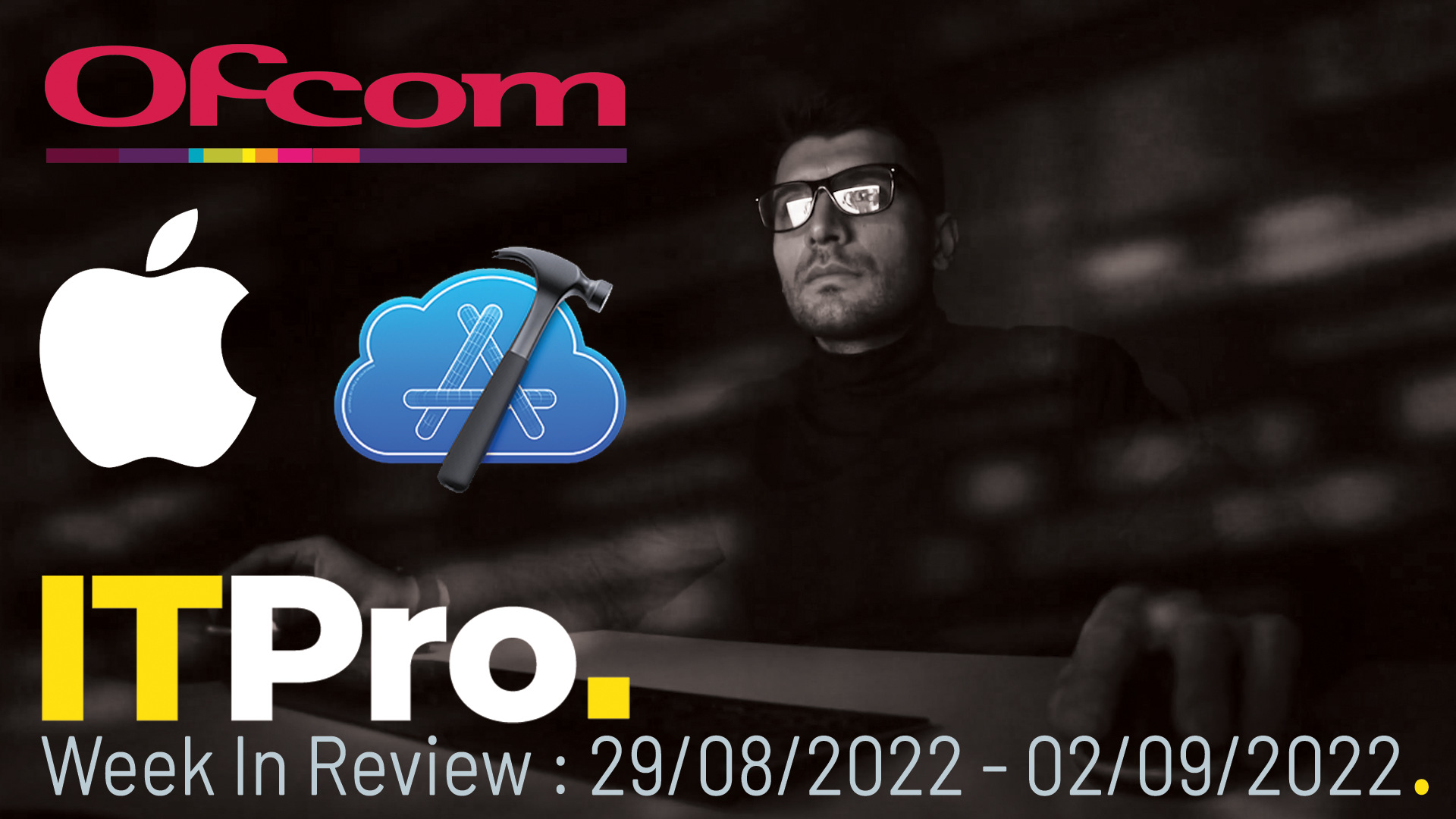How to work your way up to become a CIO
You are an IT professional with a good set of skills and a strong desire to move up the career ladder. How can you develop your capabilities and potentially climb towards the heights of senior IT executive or CIO?


The continued importance of digital technology to modern businesses should mean ambitious technology professionals have a better opportunity than ever before to stake a key role in their organisation. However, IT suffers from a perception problem and technology careers are still undervalued when compared with other line-of-business areas.
I'd like to say I'd created a careful plan but careers evolve.
Skills body CompTIA suggests as many as 93 per cent of employers believe there is a significant difference between existing and desired IT skill levels. Almost half of IT professionals, meanwhile, believe the dynamic nature of the technology industry is a primary cause of the skills gap. A lack of professional development is also cited as a major concern for technology workers.
IT professionals looking to eventually become a CIO, therefore, face a tough mix of perception problems, skill concerns and training issues. But it is not all bad news. Some technology professionals have blazed a path towards the executive top table, while simultaneously proving the value of technology and adding other areas of responsibility to their job role.
Ian Gausden, chief operating officer at payments finance specialist VocaLink, is one such individual. Gausden has made the successful transition from a full-time IT professional to a business-focused operations executive. He spent 17 years at Barclaycard's technology department, before becoming a client director at service specialist Xansa in 2002.
Gausden returned to the end-user side in 2005 and became IT director at LINK, the network infrastructure operated by VocaLink. He subsequently became director of operations in 2007 and chief operating officer in 2010. "I'd like to say I'd created a careful plan but careers evolve," says Gausden, referring to his move from technology to broader business operations.
He says his taste for change began at Barclaycard, where he was part of a rapidly growing organisation. During his 17 year stint at the firm, the IT department grew from 60 to more than 600 professionals. The scale of operations undertaken gave Gausden the opportunity to try a wide range of IT skills, such as database administration and systems management.
Get the ITPro daily newsletter
Sign up today and you will receive a free copy of our Future Focus 2025 report - the leading guidance on AI, cybersecurity and other IT challenges as per 700+ senior executives
"Hopping around gave me a lot of experience," he says, before outlining how he allied technology specialism to business training. Gausden completed a degree in computer science during his early days at Barclaycard. He has continued to look to further education, completing an MBA from Henley Management College and a certificate in company direction from the Institute of Directors.
"I've always been interested in professional development throughout my career. My mix of practical and theoretical experience has helped me advance. IT people that can tackle the business are still the exception," says Gausden.
"If you have skills in both areas, it can really help. The MBA helped me to realise how information management could help serve and improve business operations. Basically, I like to know what I'm talking about and you can't gloss over the facts when you're selling the importance of high-availability technology to the business."
Gausden's career path might seem more circuitous than that of the stereotypical IT executive. He says such change, however, comes with the territory for a technology professional that is looking to move beyond the confines of bits and bytes and into senior management. Technology professionals, unlike some of their other line-of-business counterparts, often suffer from undefined career paths.
While junior accountants might one day dream of becoming a finance chief, few IT professionals start their careers with the aim of eventually achieving the CIO position. Gausden says this perception needs to change. Technology is crucial to the modern business and the CIO role, despite regular assertions in the media to the contrary, is in no danger of disappearing.
"IT supports business operations," he says. "Moving around the technology team gives you the opportunity to learn about the whole organisation. Once you've learnt about the company, you're in a great position to be a general manager. The significance of IT means any talk of the end of the CIO role is premature. The IT director position is actually a great springboard to doing broader things on behalf of the business."
Ian Gausden's seven top tips for becoming a CIO
1.Concentrate on the real world context of your business. Being simply a great technologist is never enough. Your experience in the bits and bytes of IT must be transferred into a language that helps the business achieve its long-term growth objectives.
2.Make the most of every second. Be proactive when you are travelling. Top executives spend much of their time on the go; using the train rather than the car will give you more opportunity to deal with work activities.
3.Strike a balance between working and playing. IT can seem like a 24/7 activity but top people will burn out if they do not make room for downtime. Find time to get away from the problems and stresses of business IT.
4.Get the right team around you. Concentrate on developing good people with excellent experience. CIOs must put their confidence in their lieutenants and give them the responsibility to make decisions. Support their choices but challenge their thinking.
5.Understand as many facets of the IT professional role as you can. If you want to be a CIO, move around the various areas of the technology department. Develop as many IT disciplines as you can and do that as early as possible during your career.
6.Challenge yourself academically. Professional development might not be right for everyone but qualifications will give you the confidence and credibility to make decisions on behalf of the business at a senior level. Top people have a real depth and breadth of knowledge.
7.Keep your eyes on business objectives instead of internal politics. Rather than concentrating on protecting your turf, try and make sure your senior peers know how you are delivering to set business aims. Focus on achievable goals, rather than looking to act defensively or to continually expand your internal empire.

Mark Samuels is a freelance writer specializing in business and technology. For the past two decades, he has produced extensive work on subjects such as the adoption of technology by C-suite executives.
At ITPro, Mark has provided long-form content on C-suite strategy, particularly relating to chief information officers (CIOs), as well as digital transformation case studies, and explainers on cloud computing architecture.
Mark has written for publications including Computing, The Guardian, ZDNet, TechRepublic, Times Higher Education, and CIONET.
Before his career in journalism, Mark achieved a BA in geography and MSc in World Space Economy at the University of Birmingham, as well as a PhD in economic geography at the University of Sheffield.
-
 Bigger salaries, more burnout: Is the CISO role in crisis?
Bigger salaries, more burnout: Is the CISO role in crisis?In-depth CISOs are more stressed than ever before – but why is this and what can be done?
By Kate O'Flaherty Published
-
 Cheap cyber crime kits can be bought on the dark web for less than $25
Cheap cyber crime kits can be bought on the dark web for less than $25News Research from NordVPN shows phishing kits are now widely available on the dark web and via messaging apps like Telegram, and are often selling for less than $25.
By Emma Woollacott Published
-
 Protecting CIOs' IT budgets is "paramount" in maintaining business growth
Protecting CIOs' IT budgets is "paramount" in maintaining business growthNews If CIOs are forced to make emergency budget cuts, they should also explain the risks to high level stakeholders so the responsibility is shared
By Zach Marzouk Published
-
 The IT Pro Podcast: Accelerating digital transformation
The IT Pro Podcast: Accelerating digital transformationIT Pro Podcast Implementation is just as important as the value of change
By IT Pro Published
-
 Podcast transcript: Accelerating digital transformation
Podcast transcript: Accelerating digital transformationIT Pro Podcast Read the full transcript for this episode of the IT Pro Podcast
By IT Pro Published
-
 Fit-for-purpose IT infrastructure for digitally determined organisations
Fit-for-purpose IT infrastructure for digitally determined organisationsWhitepaper Your innovation engine: Guiding organisations through change in the new digital economy
By ITPro Published
-
 IT Pro News in Review: CIOs face a challenge, Ofcom's telecom fines, Apple expands Xcode
IT Pro News in Review: CIOs face a challenge, Ofcom's telecom fines, Apple expands XcodeVideo Catch up on the biggest headlines of the week in just two minutes
By IT Pro Published
-
 CIO role has 'drastically changed' over last 24 months, says Lenovo
CIO role has 'drastically changed' over last 24 months, says LenovoNews Globally survey suggests chief information officers have greater influence over their company now the role has expanded beyond technology
By Bobby Hellard Published
-
 How can CIOs help to close the tech skills gap?
How can CIOs help to close the tech skills gap?In-depth The most well-equipped IT leaders can take a number of practical steps to close the divide within their organisations
By Rene Millman Published
-
 What is a virtual CIO (vCIO) and does your business need one?
What is a virtual CIO (vCIO) and does your business need one?In-depth With tech skills in short supply, organisations are turning to temporary expertise to see through critical digital transformation projects
By Mark Samuels Published